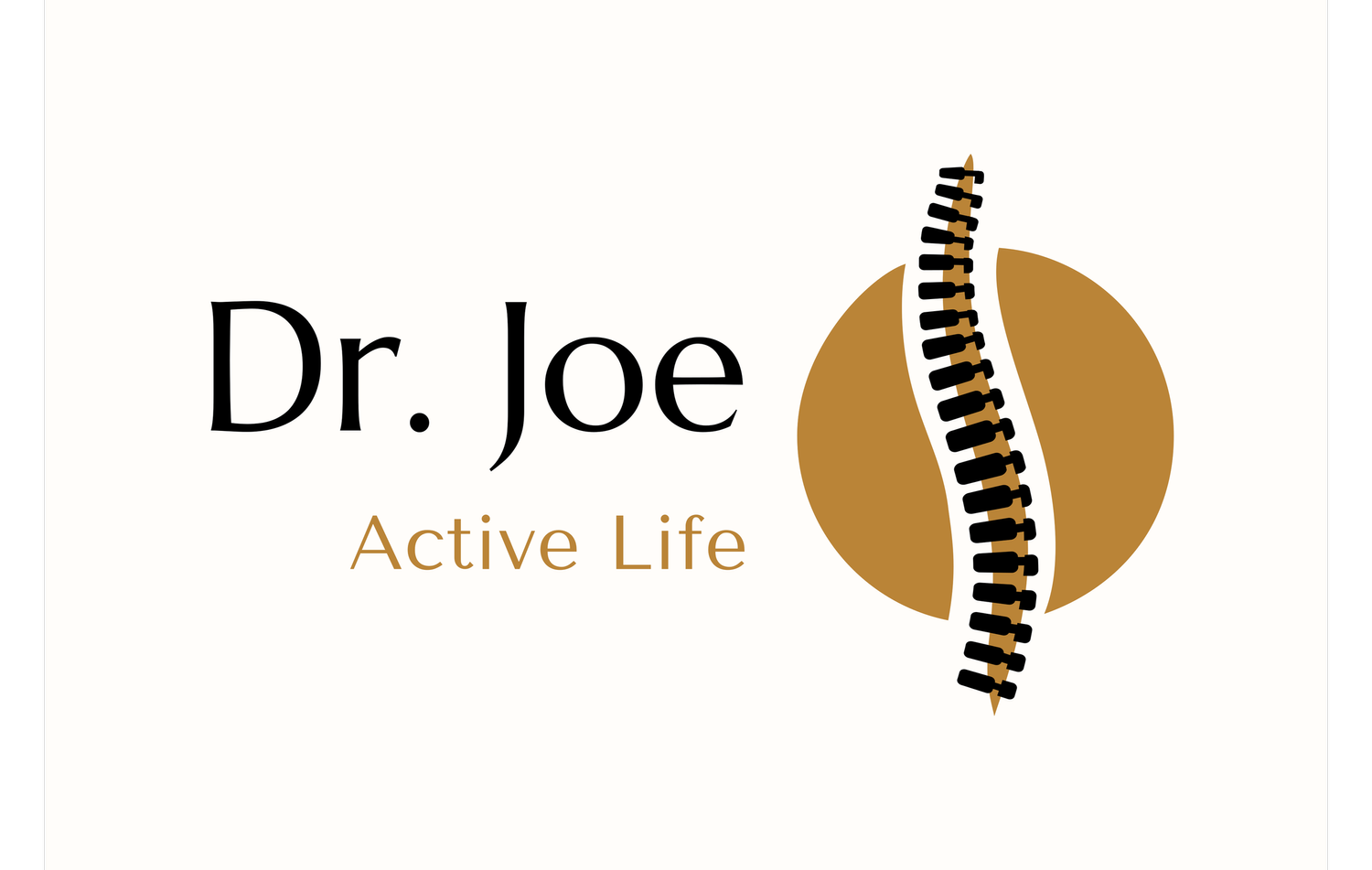The Runner's Secret Weapon: How Cycling Reduces Impact, Boosts Performance, and Protects Your Spine
Running is a fantastic way to stay fit, clear your head, and push your physical limits. However, the repetitive impact can take a toll on your body, leading to injuries and hindering your progress. What if there was a way to improve your running performance, build strength, reduce the risk of injury, and support your spinal health all at once?
Enter cycling – the runner's secret weapon
The constant pounding of running can stress joints, muscles, and connective tissues. This includes significant impact on the spine, which acts as a shock absorber with every stride. While our bodies are incredibly resilient, a lack of variety in training can lead to imbalances and overuse injuries. Cross-training, especially with a low-impact activity like cycling, provides numerous benefits:
Reduces Impact: Cycling is non-weight-bearing, meaning your joints (knees, hips, ankles) and spine are spared the repetitive impact of running. This allows your body to recover from running stress while still getting a cardiovascular workout.
Builds Complementary Muscles: Cycling strengthens key muscle groups that are crucial for running, such as your quadriceps, hamstrings, glutes, and calves. These muscles provide power and stability, leading to more efficient running and better support for your spine.
Enhances Cardiovascular Fitness: Both running and cycling are excellent for improving your aerobic capacity. Cycling allows you to train your heart and lungs without the same musculoskeletal stress as a high-mileage run.
Aids in Recovery: Active recovery rides at a low intensity can help flush out lactic acid and promote blood flow to fatigued muscles, speeding up your recovery process after hard runs.
Prevents Overtraining: Incorporating cycling into your routine helps prevent the mental and physical burnout that can come from constantly pushing your running limits.
By reducing the overall impact on your body, cycling significantly lowers your risk of common running injuries like:
Runner's Knee (Patellofemoral Pain Syndrome): Strengthening the quadriceps through cycling can help stabilize the kneecap.
Shin Splints (Medial Tibial Stress Syndrome): Less impact means less stress on the lower leg bones and muscles.
Plantar Fasciitis: Reduced foot impact allows the plantar fascia to rest and recover.
Stress Fractures: Taking weight off the bones can prevent the micro-traumas that lead to stress fractures.
Spinal Stress and Misalignment: The constant jarring of running can lead to spinal compression and potential misalignments. Cycling provides a welcome break, allowing the spine to decompress and recover.
It's not just about avoiding injury; cycling can actively make you a better runner.
Increased Leg Strength and Endurance: The continuous motion of cycling builds muscular endurance in your legs, translating to more sustained power during runs.
Improved Stride Economy: Stronger leg muscles can lead to a more efficient stride, helping you maintain pace with less effort.
Enhanced Cardiovascular Stamina: Longer cycling sessions can significantly boost your overall endurance, making those last miles of a run feel more manageable.
Mental Break: The change of scenery and different physical demands can provide a much-needed mental break from the rigors of running, keeping your motivation high.
The good news is you don't need to become a competitive cyclist to reap these benefits. Here's how to integrate cycling effectively:
Substitute Easy Runs: On days when you're scheduled for an easy run, consider a leisurely bike ride instead. This gives your joints and spine a break while still getting an aerobic workout.
Active Recovery: After a hard workout or long run, a gentle 30-60 minute spin on the bike can promote blood flow and aid recovery.
Cross-Training Workouts: Incorporate one or two dedicated cycling sessions each week. This could be a longer endurance ride or an interval session to build speed and power.
Listen to Your Body: Pay attention to how your body feels. If you're feeling particularly fatigued or have nagging aches, swap a run for a ride.
While cycling significantly reduces impact, running still places demands on your body, particularly your spine. Regular chiropractic care can be an invaluable asset for runners, whether they cross-train with cycling or not.
Spinal Alignment: Chiropractors focus on ensuring proper spinal alignment. Misalignments (subluxations) can interfere with nerve function, leading to pain, muscle imbalances, and decreased performance.
Improved Nerve Function: A properly aligned spine allows your nervous system to communicate optimally with your muscles and organs, enhancing coordination, reaction time, and overall bodily function.
Reduced Pain and Stiffness: Addressing spinal issues can alleviate common running complaints like lower back pain, hip pain, and even radiating leg pain.
Enhanced Mobility and Flexibility: Chiropractic adjustments can improve joint mobility throughout the spine and pelvis, which is crucial for a fluid and efficient running stride.
Proactive Injury Prevention: By addressing subtle imbalances before they become significant problems, chiropractic care helps prevent injuries from sidelining your training.
Faster Recovery: Proper spinal health contributes to the body's natural healing processes, potentially speeding up recovery from intense workouts.
Types of Cycling
Road and Gravel Road Cycling: Great for long endurance rides and exploring new routes.
Mountain Biking: Offers a full-body workout and develops agility and core strength.
Spin Classes/Indoor Cycling: Excellent for targeted workouts, interval training, and convenience, especially in bad weather. (check out Zwift or Peloton)
Commuting by Bike: A practical way to integrate cycling into your daily routine.
By embracing cycling as a valuable component of your training, and considering the proactive benefits of chiropractic care, you're not just reducing impact; you're investing in a more sustainable, enjoyable, and successful running journey. So, next time you're lacing up your running shoes, consider also dusting off your bike – and perhaps scheduling a chiropractic check-up – your body will thank you.

